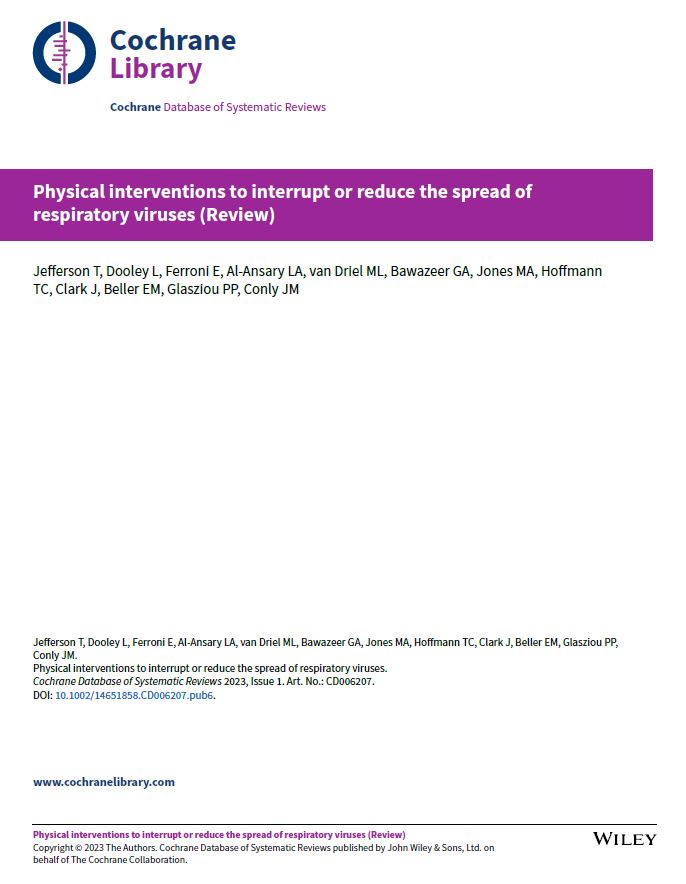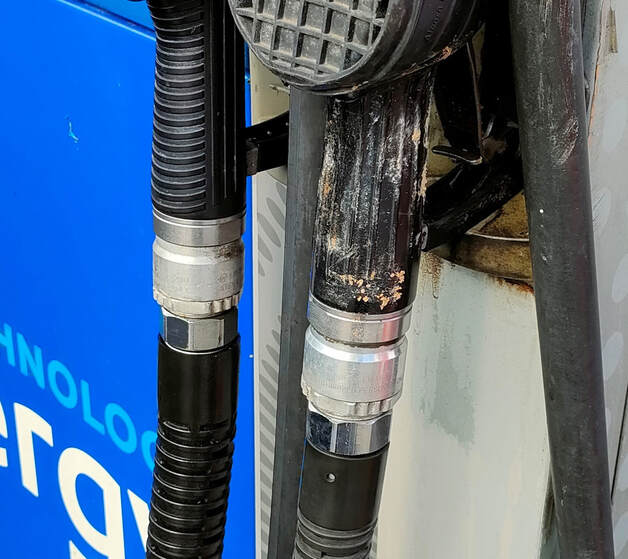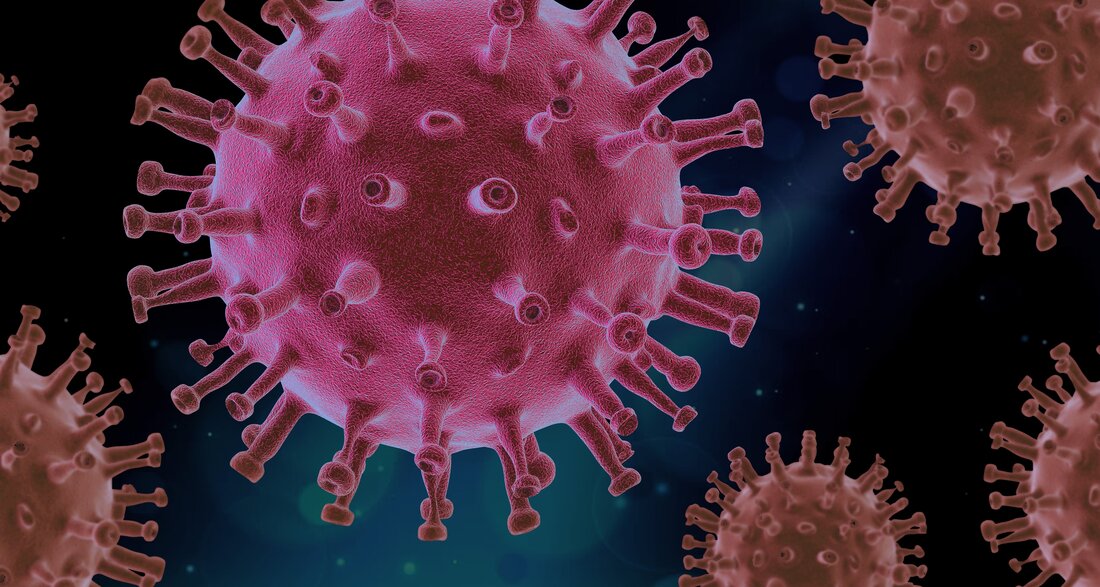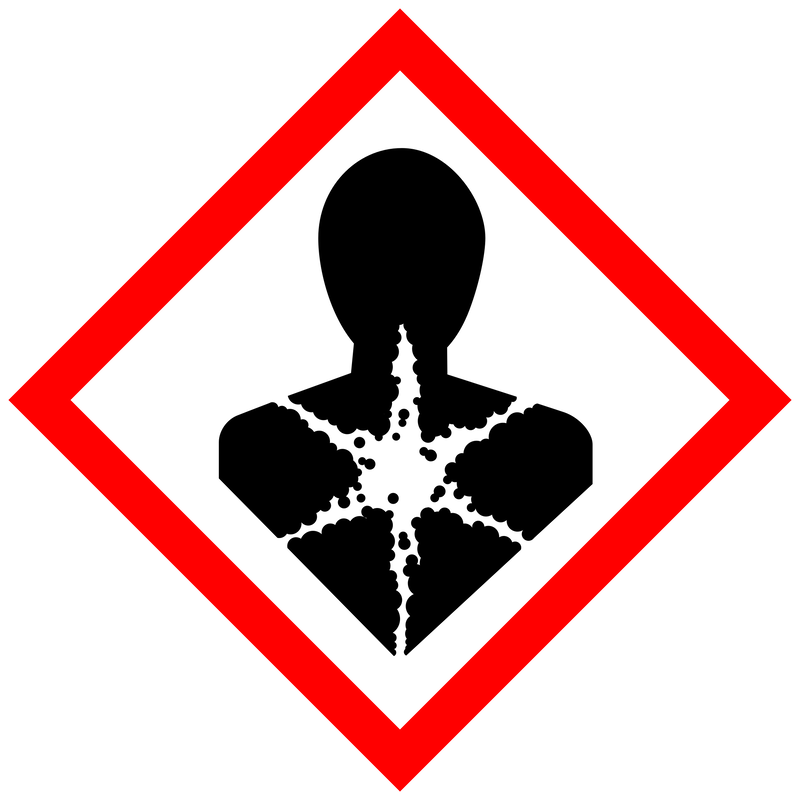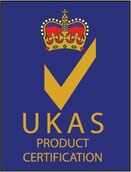May 2024: Exxon is hit with $725 million verdict over carcinogen in gasoline
https://www.reuters.com/legal/exxon-hit-with-7255-million-verdict-over-mechanics-leukemia-diagnosis-2024-05-10/
https://www.reuters.com/legal/exxon-hit-with-7255-million-verdict-over-mechanics-leukemia-diagnosis-2024-05-10/
"Following the trial that lasted just over a week, the jury found Exxon liable for negligently failing to warn about the health risks of benzene, which the U.S. Environmental Protect Agency (EPA) has classified as a known carcinogen. The entire verdict was in compensatory damages, according to Gill's attorneys."
"This verdict is important because it’s a finding that their gasoline causes cancer," said Patrick Wigle, an attorney for Gill, in a statement. "ExxonMobil has known for decades that benzene causes cancer, yet they resisted warning the public and taking basic precautions to warn the public and limit exposure."
"This verdict is important because it’s a finding that their gasoline causes cancer," said Patrick Wigle, an attorney for Gill, in a statement. "ExxonMobil has known for decades that benzene causes cancer, yet they resisted warning the public and taking basic precautions to warn the public and limit exposure."
Did you know?
Studies show:
"Fuel pumps are 11,000 times dirtier than toilet seats"
"Petrol contains the Group 1 Human Carcinogen, Benzene"
"COVID-19 contaminates fuel pump handles"
Studies show:
"Fuel pumps are 11,000 times dirtier than toilet seats"
"Petrol contains the Group 1 Human Carcinogen, Benzene"
"COVID-19 contaminates fuel pump handles"
Why choose GripHero?
A driver wearing a glove this week, stays healthy to fill-up again next week :-)
(Keep your customers on the road, rather than at home sick)
A driver wearing a glove this week, stays healthy to fill-up again next week :-)
(Keep your customers on the road, rather than at home sick)

This is why we do what we do.
Studies show fuel nozzles are the number 1 most contaminated public surface and 11,000 dirtier than toilet seats - it's easy to see why in this video.
Everyone should be protecting themselves, their children, friends and family by simply wearing a glove at the pumps.
Prevent rather than attempt to cure, it's that simple and that effective.
Please remember... it's not just that fuel nozzles are highly contaminated with:
...Importantly, it's the dangerous cocktail of all of the above, which you grip tightly for several minutes with the entire surface of the hands and fingers.
Studies show fuel nozzles are the number 1 most contaminated public surface and 11,000 dirtier than toilet seats - it's easy to see why in this video.
Everyone should be protecting themselves, their children, friends and family by simply wearing a glove at the pumps.
Prevent rather than attempt to cure, it's that simple and that effective.
Please remember... it's not just that fuel nozzles are highly contaminated with:
- Notifiable diseases (including pneumonia, meningitis, flu, monkeypox, smallpox, measles, salmonella, e-coli, COVID and many others)
- 'Group 1' human carcinogens (easily absorbed through the skin)
- Dangerous and harmful chemicals and solvents (easily absorbed through the skin)
...Importantly, it's the dangerous cocktail of all of the above, which you grip tightly for several minutes with the entire surface of the hands and fingers.
|
|
#Health #Safety #PreventionIsBetterThanCure
|
Did you know...?
Facemasks DON'T work against respiratory viruses... but hand hygiene does !! 2023 Cochrane Study TITLE: Physical interventions to interrupt or reduce the spread of respiratory viruses BACKGROUND: The well renowned Cochrane Research Body recently published a wide-reaching study - looking at 78 Randomised Control Trials (RCT's) from across the globe, involving over 600,000 participants. OBJECTIVE: To assess the effectiveness of various physical interventions (such as facemasks and hand hygiene) to interrupt or reduce the spread of acute respiratory viruses, such as Influenzas and Coronaviruses (those viruses seen as likely to trigger the 'next' pandemic). CONCLUSION:
SUMMARY: This study shows that, in terms of reducing risk of contracting Acute Respiratory Illnesses (ARI)...
In essence, if you are looking to prepare for the next pandemic or epidemic (whether an 'airborne' or 'contact' pathogen), gloves to prevent surface contact transmission is the key; facemasks do almost nothing. |
|
Would you hold someone else's nozzle?
Remember:
Instead, prevention of contact in the first place is easy, inexpensive, and doesn't have to impact the environment. See the GripHero Product Range. Multi-award-winning and best-practice protection for your customer's safety at the point of contact is available. We are ready to help you do "everything you can for the health, safety and well being of your customers and staff". |
What about COVID on the fuel nozzles?
In the UK, an average fuel nozzle can be handled by over 200 people each week, each gripping it solidly for up to 3 minutes.
While GripHero has been protecting motorists long before COVID-19, in 2020, research highlighted the first and least transmissible strain of COVID-19 statistically contaminates at least 1 fuel nozzle handle on every gas station and forecourt, contaminating the the hands of over 50,000 UK drivers, every day.
With the global spread of increasingly transmissible variants, are your forecourts doing all they can to prevent customers spreading and contracting the virus and other diseases on your sites?
Remember, what is the point of lockdowns, social distancing, face-masks and washing hands, if every time we refuel we give a long hard hand shake to a nozzle contaminated by over 200 people who haven’t washed their hands?
Disease mitigation measures are completely undermined by this one simple everyday act.
Unlike the quick press of an ATM button with a fingertip, or the quick levering of a toilet door handle with the end of a finger - you grip a fuel nozzle handle tightly for several minutes with the entire surface of your hands and fingers.
GripHero's multi-award-winning hand-protection offers drivers protection at the exact and first point of contact with the customer - best practice for your disease prevention and control strategies.
In the UK, an average fuel nozzle can be handled by over 200 people each week, each gripping it solidly for up to 3 minutes.
While GripHero has been protecting motorists long before COVID-19, in 2020, research highlighted the first and least transmissible strain of COVID-19 statistically contaminates at least 1 fuel nozzle handle on every gas station and forecourt, contaminating the the hands of over 50,000 UK drivers, every day.
With the global spread of increasingly transmissible variants, are your forecourts doing all they can to prevent customers spreading and contracting the virus and other diseases on your sites?
Remember, what is the point of lockdowns, social distancing, face-masks and washing hands, if every time we refuel we give a long hard hand shake to a nozzle contaminated by over 200 people who haven’t washed their hands?
Disease mitigation measures are completely undermined by this one simple everyday act.
Unlike the quick press of an ATM button with a fingertip, or the quick levering of a toilet door handle with the end of a finger - you grip a fuel nozzle handle tightly for several minutes with the entire surface of your hands and fingers.
GripHero's multi-award-winning hand-protection offers drivers protection at the exact and first point of contact with the customer - best practice for your disease prevention and control strategies.
The post-pandemic world demands new standards in hand-hygiene, and has created new expectations from your customers and staff.
Fuel pump handles are toxic and carcinogenic.
Here are two aspects of the contamination found on fuel pump nozzle handles that offer some fuel for thought:
Here are two aspects of the contamination found on fuel pump nozzle handles that offer some fuel for thought:
1) Biological contamination
|
Kimberley Clark Professional carried out research in 2011 into the most unhygienic surfaces we touch. Travel Company Busbud carried out a similar study in 2016.
Right at the top of the list is the fuel pump handle (along with the fuel pump ATM-style buttons used to select fuel and pay at the pump) with over 70% of handles carrying the germs which pose a high risk of developing a serious illness. Fuel pump handles are shown to be 11,000 times more contaminated with bacteria and viruses than a toilet seat! These germs aren't the friendly ones either - 50% are termed 'Gram-Positive Cocci' which threaten skin conditions, toxic shock, and even illnesses becoming resistant to antibiotics, such as pneumonia (a notifiable disease). Even Electric Vehicle (EV) charger handles are shown to be highly contaminated. However, in addition to being contaminated with the similar types of harmful bacteria and viruses as fuel nozzles, EV charger handles are also contaminated with yeast and fungal organisms (think warts and verrucas!). For this level of risk to health, prevention is far better than attempting to cure. Forecourt hand-protection should be immediately to hand and unmissable. You will never look at a fuel pump handle or EV charger handle in the same way again. |
2) Chemical contamination
|
Benzene makes up to 1% of petrol (known as gasoline in the US, Benzina in Italy).
Benzene is a well-established cause of cancer in humans. The International Agency for Research on Cancer has classified benzene a Group 1 carcinogen to humans (the highest group). The International Programme on Chemical Safety states benzene is absorbed into the body by inhalation, through the skin and by ingestion. It recommends the use of ventilation and hand-protection as preventative measures. There is no safe dose limit. Within industrial practices, the UK Health and Safety Executive mandate that any use of benzene is subject to the Control of Substances Hazardous to Health (COSHH) Regulations. And yet, the public are permitted to grip a handle for several minutes contaminated with petrol residue, and therefore potentially a small amount of benzene. |
A safe pair of hands
|
With the intellectual property boxes internationally ticked and insured, we are excited to see GripHero adding huge health, safety and environmental benefits around the world.
GripHero is revolutionising forecourt hand-protection with the most effortless, easy-to-use and convenient way possible for protecting drivers and keeping hands clean at the pumps - dispensing a more efficient and eco-friendly hand-protection option directly from the point of fuel delivery. |


